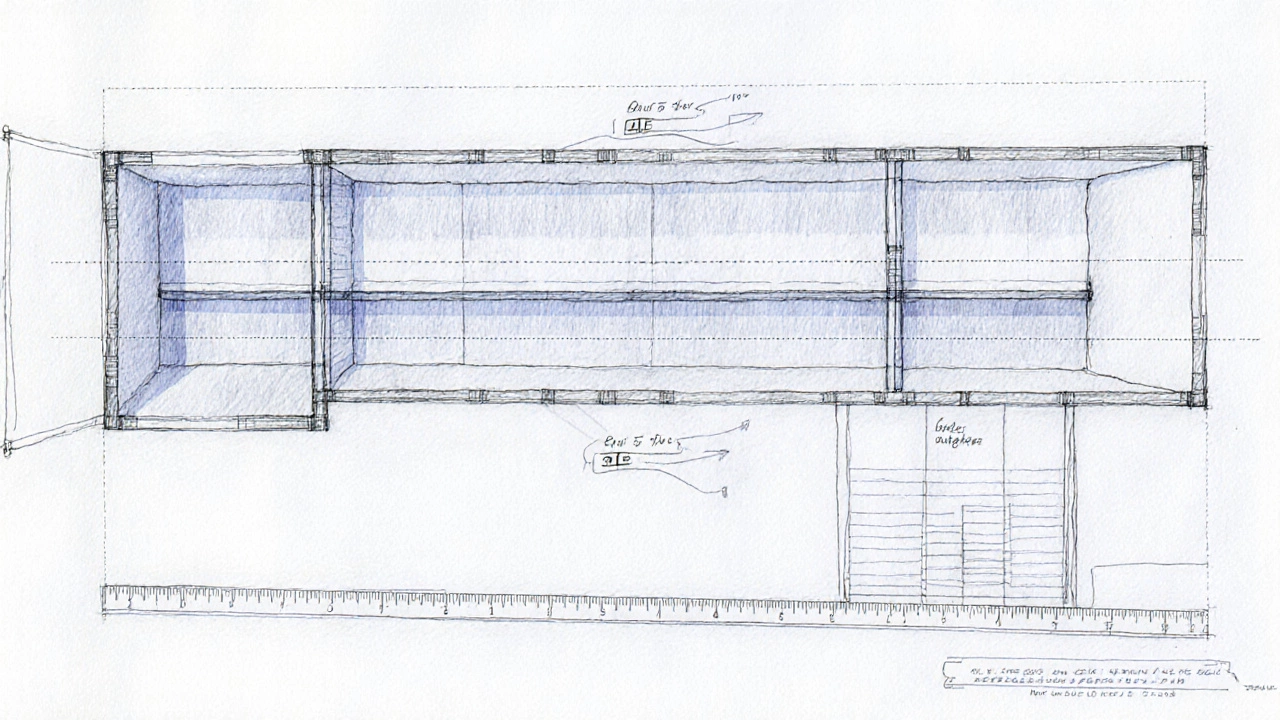Commercial Construction: What You Need to Know Before Starting a Project
Thinking about building a shop, office block, or warehouse? Commercial construction is different from a house build, and a few basics can save you time, money, and headaches.
Key parts of any commercial build
First up, scope. You need a clear list of what’s included – from foundation and structural frame to electrical, plumbing, and fire‑safety systems. Most contracts split the work into site prep, core structure, shell & finish, and fit‑out. Knowing where each piece starts and ends helps you track progress and avoid surprise costs.
Second, regulations. Commercial projects face stricter fire codes, accessibility rules, and zoning limits than residential builds. Grab the local building authority’s checklist early, then match it against your design. If you skip this step, you could be forced to redo work after the hard‑hat’s off.
Choosing the right partner
A solid contractor does more than swing a hammer. Look for a team that can handle the whole package – engineering, permits, site safety, and after‑care. Ask for references on similar projects, check their health‑and‑safety record, and make sure they understand the specific industry you’re serving. A construction firm that also offers plumbing and mechanical services, like us at McNeil Plumbing & Construction, can keep the project tight and avoid subcontractor clashes.
Cost control is another big piece. Commercial builds often run high because of material grades, larger equipment, and tighter timelines. Break the budget down into labour, materials, permits, and contingency. Use a realistic contingency of 5‑10 % to cover unexpected site conditions or design tweaks.
Finally, timeline management. Unlike a home remodel, commercial projects usually have a hard deadline – a grand opening, a lease start, or a production schedule. Set milestone dates for foundation, roof, envelope, and interior fit‑out. Tie payments to these milestones so you’re never stuck paying for work that isn’t finished.
When you keep scope clear, follow regulations, pick a full‑service contractor, and manage costs and time, commercial construction becomes a predictable path instead of a gamble. Need help with any of these steps? Our team is on call to walk you through permits, design reviews, and on‑site execution, making sure the building meets your business goals and stays on budget.
Ready to start? Grab a copy of our free commercial construction checklist, talk to a project manager, and turn your vision into a solid, code‑compliant structure that works for years to come.












